What is the best material for garden furniture?

Spring is causing us to move more and more from living rooms to gardens. Coffee drank in the morning sun, dinner eaten among the greenery will soon become permanent elements of the day. To enjoy these moments to the fullest, it’s a good idea to think about garden arrangements. What chairs and table to choose? What is the best material for garden furniture? Should I feed the wisteria on the terrace with fertilizer? Where to put insect hotels and replace part of the lawn with a flower meadow?
Garden furniture for terrace and garden
Imagine lazy, sunny mornings when you wake up, brew your favorite coffee and go out to the terrace or garden to have breakfast outdoors. It’s a moment full of tranquility, where every bite tastes better and the surrounding nature soothes your senses. To enjoy such moments for years to come, it is worth betting on high-quality garden furniture. What is the best material for garden furniture?

If you care about durability and elegance, a great choice will be exotic wood, aluminum or technorattan – weather resistant and easy to care for. Well-chosen furniture will not only provide comfort, but also create a unique atmosphere in which every moment spent on the terrace or in the garden will be pure pleasure. By investing in solid sets, you are choosing comfort, style and functionality for many years – a decision that will make your garden your favorite place to relax. An evening glass of wine Surrounded by nature.
Garden corners – when is it a good choice?
Garden corners are the perfect solution for people who value comfort and functionality in the garden or on the terrace. They work great as the focal point of a lounge area, offering ample seating space. This is especially useful during family gatherings or outdoor summer parties.
However, their choice depends not only on the available space, but also on the style of the arrangement and the expectations of the users. In larger gardens, a corner can replace the classic set of table and chairs, creating a more casual atmosphere conducive to relaxation. In smaller spaces, on the other hand, it is worth considering whether a better choice would be more mobile furniture, such as individual armchairs and folding chairs.
What is the best material for garden furniture and garden corners? The choice of material is important for the durability and aesthetics of the furniture. Another interesting question is whether a garden corner should be made of the same material as the rest of the furniture. There is no definite answer – much depends on the stylistic consistency and purpose of the furniture. If the corner is the focal point of the arrangement, it can be distinguished by its material and color scheme.
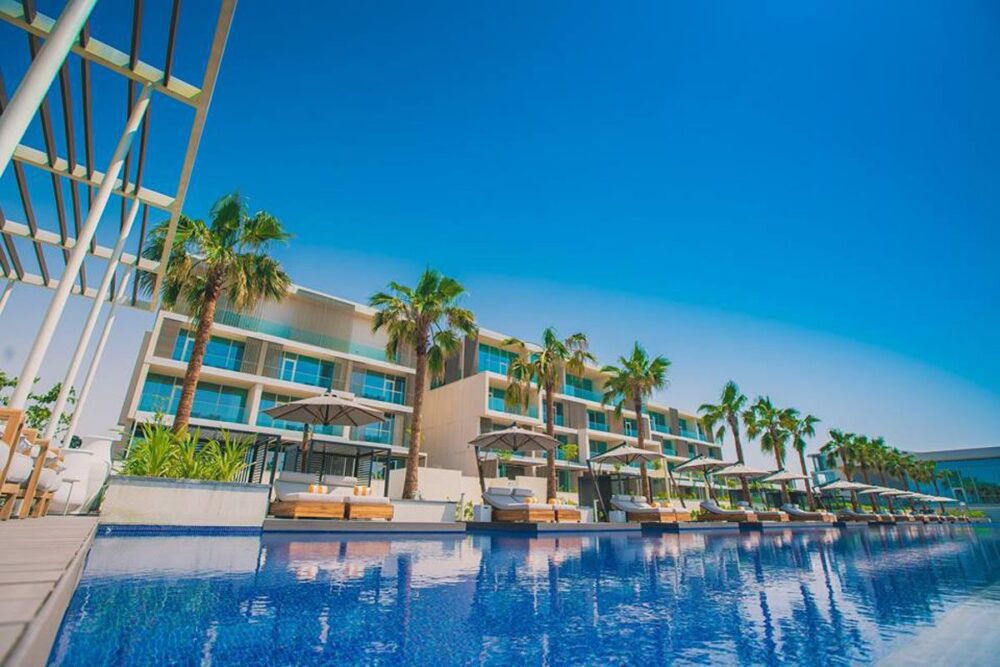
It then creates an interesting contrast. In turn, in uniform arrangements it is worth betting on the juxtaposition of elements made of the same material. This, in turn, will ensure a harmonious appearance of the space. Regardless of the choice, the key is to invest in high-quality materials that will ensure the durability of the furniture for many seasons.
What is the best material for garden furniture?
Choosing the perfect garden furniture starts with a basic question: what is the best material for garden furniture? There are many options – technorattan, wood, metal and even plastic – each of these materials has its own unique properties and uses. Which one will work best in your garden? Do you care about the natural charm of wood, or the modern lightness of aluminum? Or perhaps resistance to changing weather conditions is key for you? In what style is your space decorated – classic, Scandinavian, or perhaps industrial. Will the furniture be frequently rearranged, or is it intended to be a permanent part of the decor? And what about maintenance – do you have time for regular care of wood, or do you prefer materials that do not require additional protection? Choosing the right material is not only a matter of aesthetics, but also functionality and convenience for years to come. After all, furniture is not only decoration, but also functionality for years.
Wooden garden furniture
Wooden garden furniture is a choice that never goes out of fashion. Their natural character fits perfectly into the green surroundings, creating a harmonious and cozy space for relaxation. Made of solid wood species, such as teak, acacia or oak, they can serve for years, provided they are properly cared for.
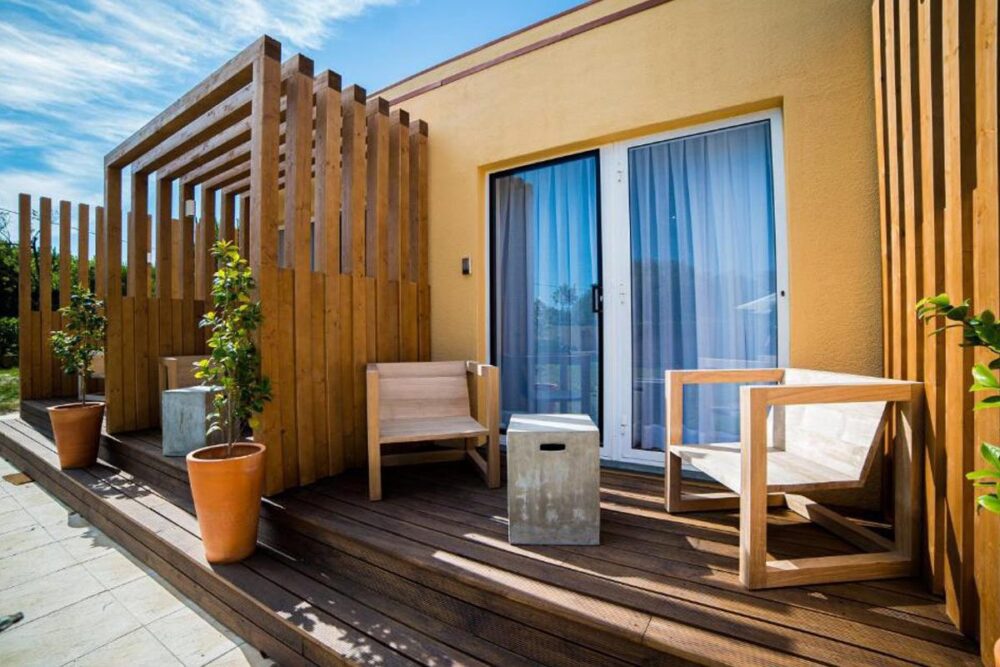
The warm shade of wood brings a unique atmosphere to the garden, and the variety of styles – from rustic to modern – makes them suitable for almost any arrangement. However, before choosing one, it is worth considering how often we will maintain it and whether its natural aging – patination and color change – will suit us.
Advantages of wooden garden furniture:
- Natural and elegant appearance – The wood warms the space and blends perfectly with the greenery of the garden.
- Robustness and durability – Properly protected wood, such as teak or exotic species, can last for many years.
- Versatility – They fit both classic and modern arrangements, perfectly harmonizing with other materials, such as metal or technorattan.
Disadvantages of wooden garden furniture:
- Require maintenance – Regular oiling or varnishing is necessary to preserve their beauty and durability.
- Vulnerability to weather conditions – Without proper impregnation, wood can absorb moisture, leading to cracks and deformation.
- Weight – Massive wooden furniture is more difficult to move compared to its aluminum counterparts, for example.
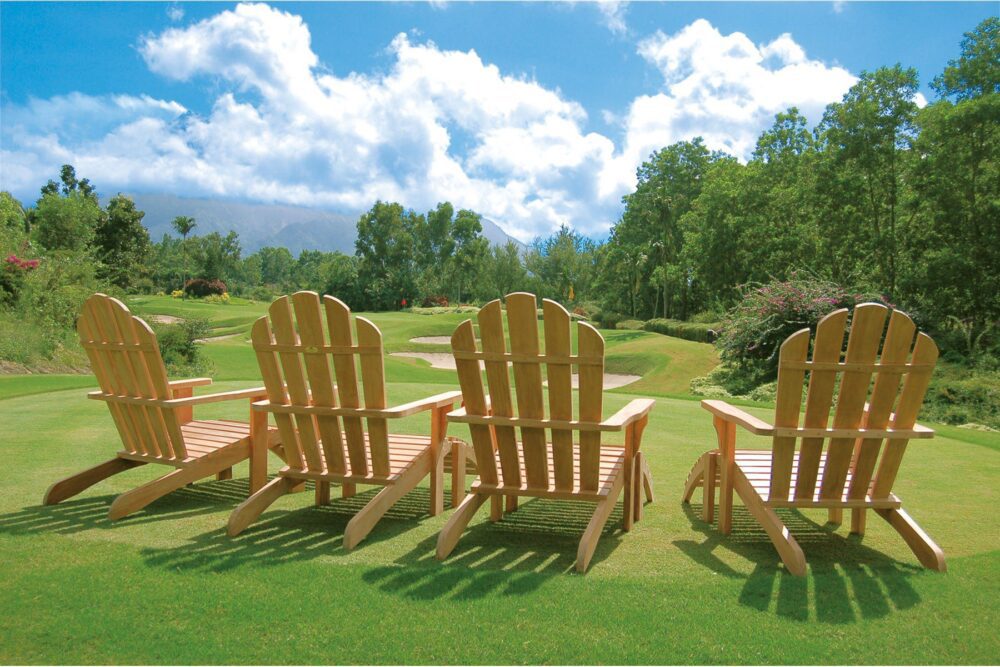
What arrangements does wooden garden furniture fit into?
Wooden garden furniture is best suited for Natural, rustic and classic gardens h, where their warm, organic look emphasizes the cozy atmosphere of the space. They go well with green plants, vine-covered pergolas and stone paths. In modern arrangements, they look great in combination with metal elements, such as steel table legs and industrial lamps. They are also an ideal choice for wooden terraces, where they create a coherent, harmonious whole with the surrounding space.
Rattan and wicker – or classics at their best
Rattan and wicker garden furniture is synonymous with lightness, natural charm and timeless style. Thanks to its braided structure bring unique coziness and warmth to the space. Both materials have a long tradition in the design of gardens and terraces – wicker is associated with a rustic atmosphere, while rattan gives an exotic touch. Their delicate appearance goes hand in hand with durability, although they require adequate protection from the weather. Is it worth betting on these natural materials, or is it better to reach for their synthetic counterparts, such as technorattan? It depends on your individual needs, the style of your garden and your readiness for regular maintenance.
Advantages of rattan and wicker furniture:
- Lightness and aesthetics – The natural braid is subtle and adds elegance to the space.
- The ecological choice – Both rattan and wicker are renewable, environmentally friendly materials.
- Style versatility – They go well with both classic and boho and Mediterranean arrangements.
Disadvantages of rattan and wicker furniture:
- Sensitivity to moisture – Without proper protection, they can absorb water and become deformed.
- Less resistance to weather conditions – Compared to technorattan or wood, they require storage under cover.
- Greater susceptibility to mechanical damage – The delicate structure of the braid may break or deform under heavy loads.
What arrangements do rattan and wicker furniture go with?
Rattan and wicker furniture fit perfectly into nature-inspired gardens, romantic terraces and boho or vintage style spaces. They go well with plants, linen textiles and wooden accessories. They are also great on sheltered verandas and balconies, where their light form does not overwhelm the space. In combination with soft pillows and blankets they create a the perfect place to relax, morning coffee or summer meetings in an intimate group.
Technorattan – durable material garden furniture
Technorattan is modern alternative for natural braids, which combines the classic look of rattan with exceptional weather resistance. Made of synthetic polyethylene fibers, it is not only durable, but also easy to care for and resistant to UV radiation, rain and varying temperatures. This makes it an excellent choice for those looking for stylish yet practical garden furniture. Is it worth investing in technorattan instead of natural materials? It depends on whether you prioritize convenience of use and durability, or whether you care more about the ecological aspect and authentic look of the furniture.
Advantages of technorattan furniture:
- High resistance to weather conditions – It will not fade, crack or absorb moisture.
- Ease of maintenance – does not require impregnation, washing with soap and water is sufficient.
- Modern design and wide range of colors – Fits both classic and minimalist arrangements.
Disadvantages of technorattan furniture:
- Less environmentally friendly material – while durable, is synthetic and more difficult to recycle than natural raw materials.
- Can get hot in the sun – Darker colors can be hot to the touch in hot weather.
- Not everyone likes its artificial appearance – although it imitates rattan well, for some people it still lacks natural charm.
What arrangements does technorattan furniture fit into?
Technorattan furniture is perfect for both modern, minimalist gardens and elegant relaxation areas on terraces and balconies. Their aesthetics blend perfectly with wood, glass or metal, so they can be easily matched with various design styles – from Scandinavian to glamour. They are also an ideal choice for those who appreciate comfort and durability without the need for time-consuming maintenance.
Plastic chairs and garden furniture
Plastic furniture is one of the most practical and economical solutions for the garden, terrace or balcony. They are lightweight, easy to move and do not require special care, making them an ideal choice for those who value convenience and simplicity. Modern models of plastic furniture have gained in aesthetics – they are available in a wide range of colors and forms, from classic to designer shapes. But is plastic a good choice for years? What to pay attention to avoid rapid wear and tear and choose solid models?
Advantages of plastic furniture:
- Lightweight and mobile – Easy to carry, ideal for small balconies and gardens.
- Moisture resistant and easy to clean – They do not require impregnation, washing with water is enough.
- Wide range of colors and styles – From classic white to modern shades and shapes.
Disadvantages of plastic furniture:
- Less durable than other materials – Low-quality plastic can crack or fade when exposed to the sun.
- It may look less elegant – Compared to wood, rattan or metal, it may seem less exclusive.
- Susceptibility to deformation – Under heavy loads or high temperatures, it may deform.
What arrangements does plastic furniture fit into?
Plastic garden furniture works best in casual, modern arrangements – on balconies, in allotment gardens, on minimalist or industrial style terraces. They are also a great choice for public spaces, such as café gardens or recreational spaces, where ease of maintenance and lightweight construction are important. If you care about functionality and not necessarily luxury looks, plastic furniture can be a great solution for everyday use.
What color of garden furniture is fashionable
Garden furniture, like home interiors, is subject to changing trends. In 2025, natural, warm shades such as beiges, browns and greens, which blend harmoniously with garden plants, will be in vogue. Such colors lend calm and coziness to the space, bringing an atmosphere of relaxation and closeness to nature to the garden. Trendy arrangements include boho-style sets that combine different materials and colors, as well as minimalist, elegant furniture in muted colors – ideal for modern, minimalist gardens.
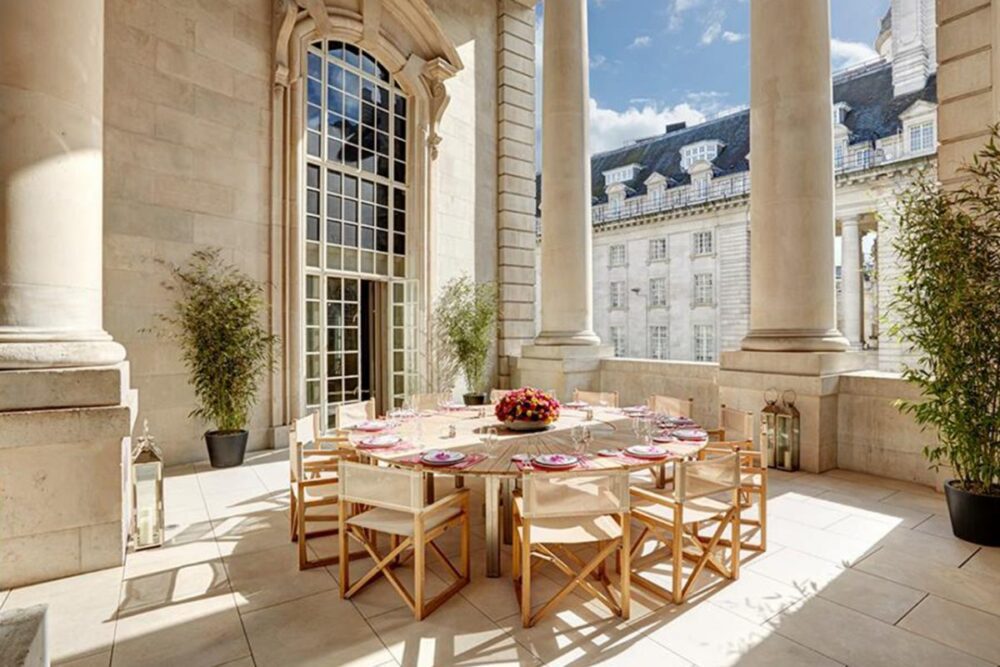
And does all garden furniture have to be the same color? Definitely not! Mixing different shades can add lightness and character to the garden, especially if you want a less formal, eclectic style. On the other hand, in more classic gardens it is worth betting on a uniform color scheme, which will bring harmony and elegance. The color of garden furniture not only needs to match the surroundings, but also the style of the garden. In rustic or country gardens, natural, wooden tones will work perfectly, while in modern spaces – simple, monochromatic colors such as gray, anthracite or white. The key is to choose what will make the our garden will become a cohesive, relaxing place For any time of day.
Not just chairs and corners – baskets, swings and hammock frames
In the garden, relaxation takes on a whole new dimension when properly selected furniture invites you to spend time outdoors. Garden baskets, swings or hammock racks are a great alternative to classic chairs and tables. They create a space where you can fully relax. Imagine moments spent with a book in a comfortable garden basket, the soothing rustle of leaves in the background and the warm sun on your face. Or perhaps evening relaxation on a swing, gently swaying in the breeze, when the scent of macchia fills the air and the light of the setting sun creates a magical atmosphere.
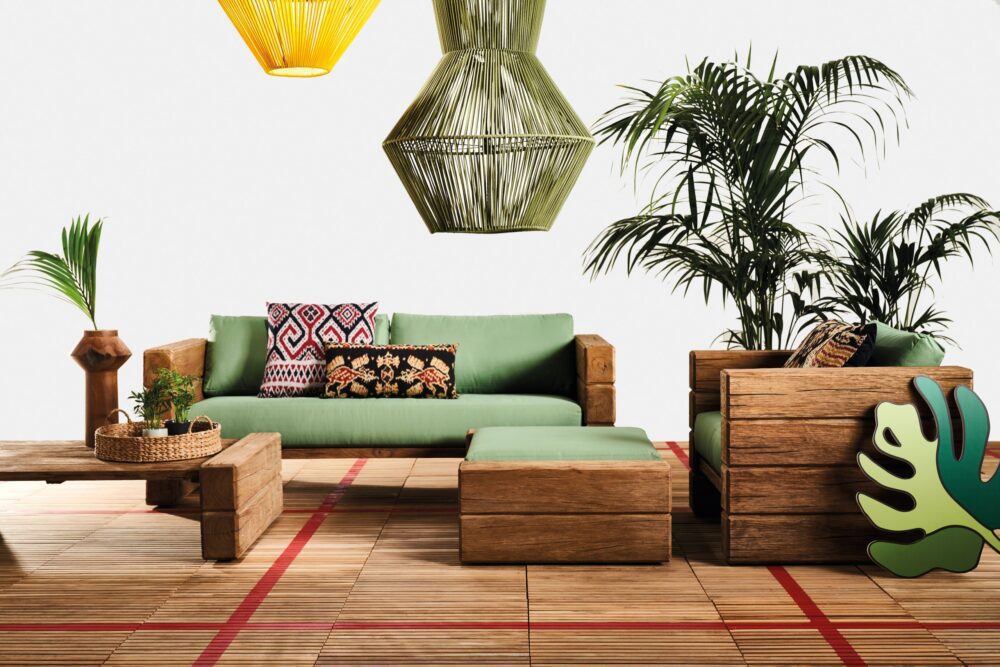
Wonderful plants, such as vines, vines along a garden pergola or fruit trees in pots, can enrich a space. They will give it a natural charm. It is worth taking care of plants in ceramic pots, which are easy to rearrange and can be properly cared for to enjoy new flowers and fruits with each season. Citrus trees, lilacs, lavender or magnolias go well with garden furniture, creating a space full of sensory experiences.
Write to us – we will complete furniture for your garden: [email protected]



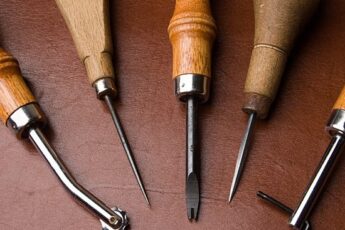

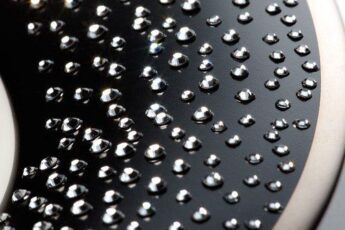

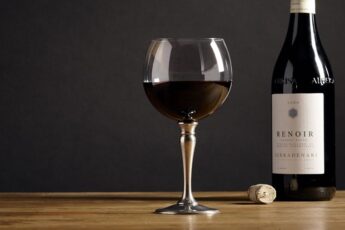
Leave a Comment